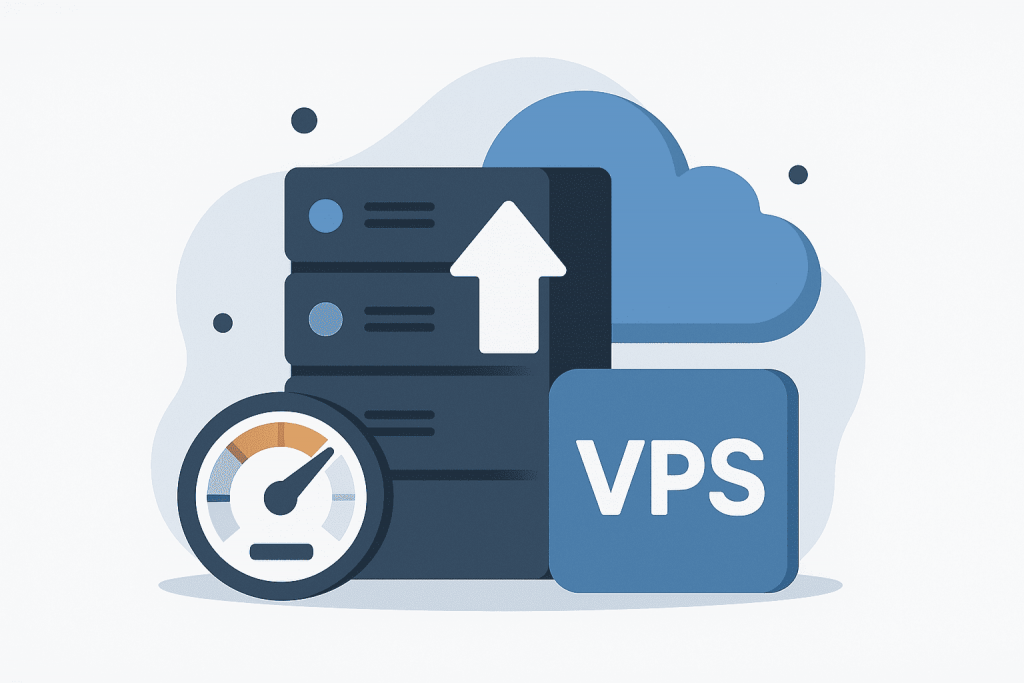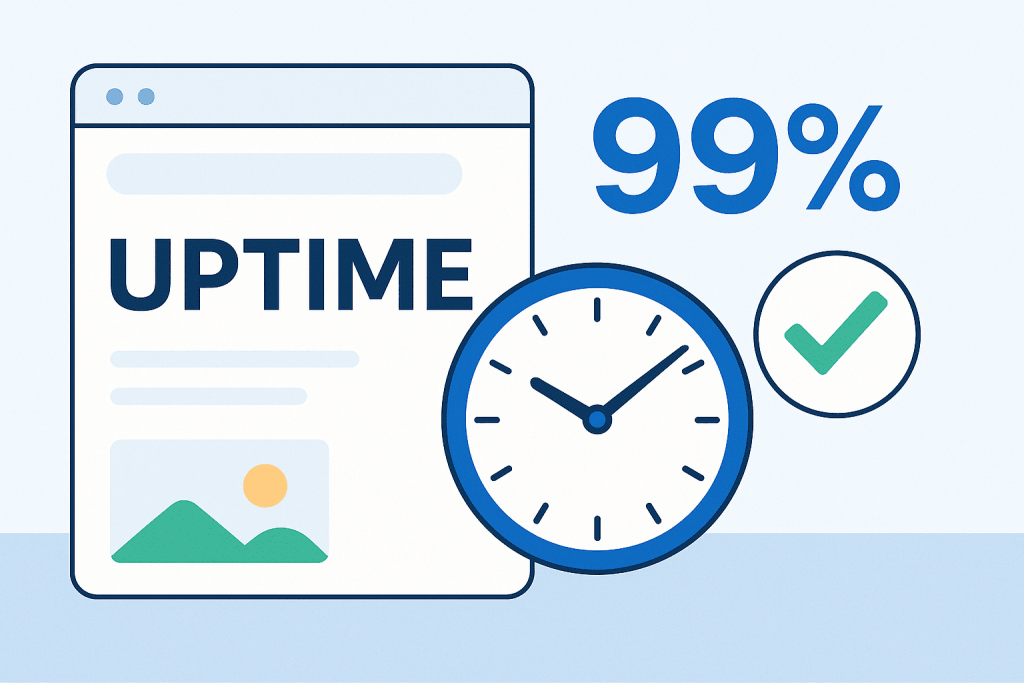
Shared hosting is usually the first choice when launching an online store. The reason is simple: it is affordable, does not require technical expertise, and allows you to get a website online quickly. For small projects or test versions, this seems like a convenient solution. However, an online store is not just a website with text and images. It is a complex system that constantly works with a database, processes orders, payments, shopping carts, customer accounts, and integrations with third-party services. This is where the limitations of shared hosting begin to appear.









